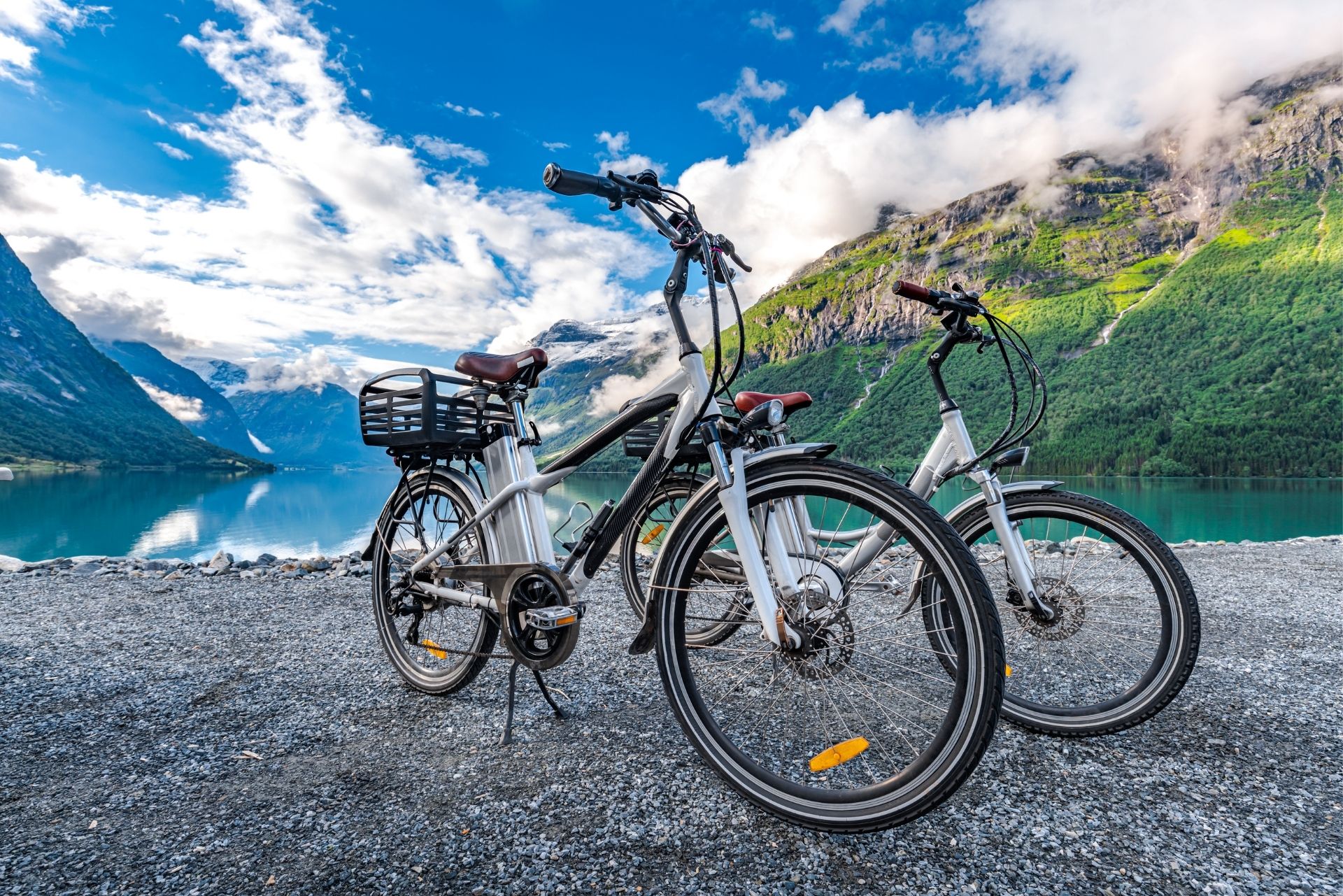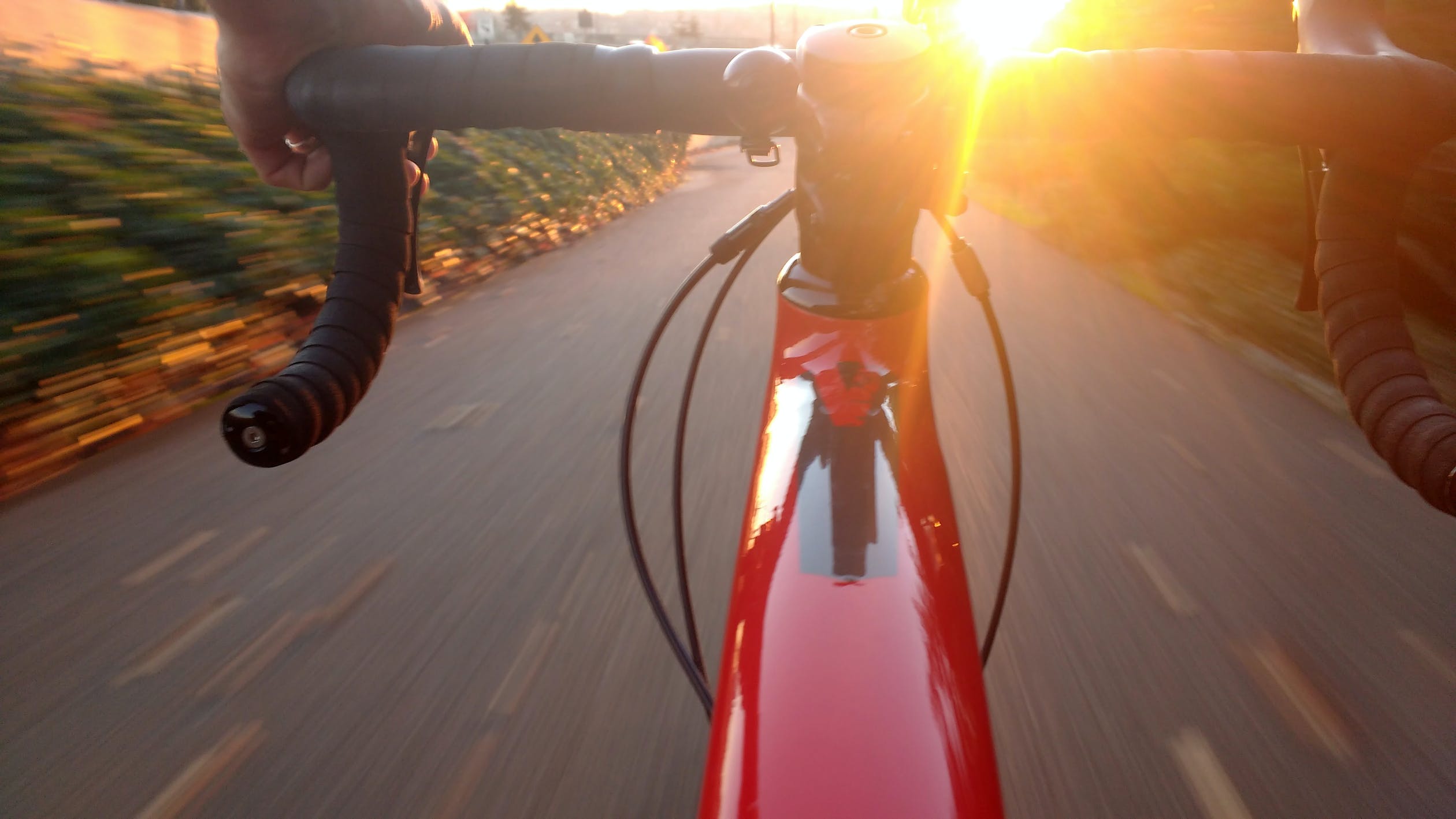With traffic worsening and the obvious impact it has on our everyday commute through the city or around the neighbourhood, there has never been a better time than now to consider purchasing an electric bike. It is no secret that electric bikes are becoming increasingly popular in New Zealand, with tens of thousands being imported each year at growing rates. Whether you are looking for an alternative way of commuting around the urban city, or for longer distance rural journeys, electric bikes are an interesting new piece of technology that suits various needs. We’ve collected some important information below to help you get started on owning an electric bike.

What are electric bikes/e-bikes, and how do they work?
Electric bikes or e-bikes, are no different from ordinary bicycles except they have an electric motor to assist with movement. E-bikes fall under two different categories, either a hub-drive or a mid-drive motor type. As the name implies, a hub-drive e-bike has the motor located on the centre of a wheel (usually the rear wheel), whereas the mid-drive motor type has the motor located in the middle near the pedals. In general, mid-drive e-bikes are more expensive than their counterpart, but provide better performance in hilly terrain and off-road situations, as well as improved balance and efficiency. However, on the other hand, hub-drive e-bikes are more simple and easy to maintain than mid-drive e-bikes. The distinction is largely up to the preference and need of the user.
Although it may seem obvious, the main difference that makes e-bikes a popular form of transport over ordinary bicycles is the assistance from the electric motor. When you pedal an e-bike, the electric motor will automatically switch on and deliver power to assist you in pedalling, meaning that it takes a lot less physical effort on your behalf — especially uphill! Many e-bikes also come with a throttle feature, which operates in a similar fashion to a motorcycle, controlling the electric motor to drive the bike wheels entirely alone. This is usually used to provide a boost when you start pedalling, but can also be used to ride the bike without pedalling as well as to provide significant power uphill or speed over long empty stretches.
There are many different power modes and settings to play with on different e-bikes that allow you to customise how the bike rides, and be efficient in the way you use the battery power of the bike.What are the laws surrounding e-bikes?
Here in New Zealand, there are a few legal requirements to keep in mind when buying or using an e-bike. Unlike other countries such as the US or in Europe, New Zealand does not dictate a maximum speed allowable for e-bikes, meaning you can pedal with electric assistance as fast as you would like. Instead, e-bikes are legally restricted by their power output in Watts; the maximum allowable power output of the electric motor/s attached to a bicycle must be less than or equal to 300 Watts in order to be considered an e-bike. A power output higher than this will lead to classification as a moped and this runs into many issues with registration and other road use requirements.
Otherwise, the laws surrounding e-bikes are no different from those that apply to normal bikes. For example, a helmet is legally required to be worn when using an e-bike, just like for riding a normal bike. For further information, visit the NZTA cyclist code for more information on the responsibilities and rights when cycling, regardless of whether you are riding an e-bike or normal bike.

Are e-bikes safe?
Short answer, yes. E-bikes do not pose any additional safety hazards beyond that associated with normal bikes, and the main danger comes from irresponsible riding. The electrical components in e-bikes are thoroughly researched, tested, and verified to be safe; there is minimal risk of dangers such as the battery catching fire given proper usage, no different to the electrical risks of using your phone. The electric pedal assistance and especially the throttle boost/drive may feel unusual to many, but it is easy to grow accustomed to. NZTA provides some excellent advice on how to use it safely. As long as you use it with the protective gear required, ride responsibly, and take measures to ensure safety like you would riding a normal bike, the safety risks will be minimal.
How much do e-bikes cost, and where do I buy them from?
E-bikes are more expensive than ordinary bikes, and the price varies significantly depending on the quality of the bike, its type, and its features amongst many other factors. Standard e-bikes start from $2000, but there are many high-end models that are well in excess of $10,000. For example, the Black City Electric Bike designed for city commuting and leisure use is sold at $2000, whereas the Trek Rail 9 GX Mountain E-Bike designed for off-roading is priced at $11,000. It is important to evaluate your own needs and preferences before buying an e-bike, then adjusting your budget to suit. A large majority of e-bikes for commuter travel and for specialised purposes can be found around $2000 to $7000, which provides a comprehensive range to select from.
Given that e-bikes can cost so much, it is worthwhile checking whether your current contents insurance policy covers it. Theft or accidental damage to your e-bike can put a big dent in your savings, and standard contents insurance usually does not cover personal liability for damage to others’ property. Generally, e-bikes are applicable for cover under your contents insurance, but are usually capped at a certain amount (e.g $3000 at Vero) without pre-arranged agreements or additional policies. Whether you feel your current contents insurance is insufficient and needs changes, or if you are looking for separate e-bike insurance, managing all your insurance policies together is easy with Quashed!
Quashed lets you view and manage all your insurance in one place on any device, keeping insurance simple.
E-bikes are sold both physically in stores and online, such as at specialist retailers Electrify and Smartmotion Bikes, who are locally owned and design their own e-bikes as well. Legacy retailers such as Torpedo7 also sell e-bikes, but offer a smaller range compared to specialist dealers. Many other dealers operating in New Zealand such as The Electric Bike Team, and other small local dealers best for popping in to ask questions in person. You will also be able to test drive e-bikes in most places, which will help you get a better feel for the product, but be wary of salespeople trying to push any specific products on you.
As the technology behind e-bikes is relatively complex, it is important to choose reputable brands for those seeking quality products. Often, it pays to look at the brand that has produced or designed the motor, battery, and other major parts of the e-bike. The brand of the bike matters less in comparison to the brand of the component manufacturer. Bosch, a renowned German engineering and technology company, provides components used in many e-bikes and are a top-quality choice. Other battery brands of repute are Shimano and Yamaha, who also have established experience in this field. Similarly, choose brands that offer batteries originating from reputable companies such as Samsung SDI, LG Chem, YOKU energy, Panasonic, and Sunbright Power. To check the origin of the parts in an e-bike, view the e-bike specifications online or ask a salesperson in-store about the manufacturer of the major parts used.
When considering the brand of the actual e-bike provider, it is best to avoid New Zealand only brands, with the exception of New Zealand specialists aforementioned, Smartmotion and Electrify’s inhouse brand Black Bikes, as many domestic brands use low-quality unbranded components shipped from China. An example of a popular and reputable e-bike brand from overseas is Aventon, which can be found in some stores in New Zealand.
Ownership and maintenance of e-bikes
The ownership and maintenance of e-bikes also do not differ much from normal bikes, but due to their additional weight, power and complexity, they require more attention. When cleaning your bike, avoid strong water streams such as water jets or high-pressure water sprays; although the electrical components are waterproofed, the seals can fail under high stress. E-bikes can be more difficult to pedal alone due to added weight, so make sure to keep the battery charged when you are not using it, so you aren’t caught depleted in the middle of a commute.
Regular maintenance checks will include monitoring the tyre pressure of your e-bike and adjusting it as needed so the ride is comfortable and traction is sufficient, and checking the condition of your e-bikes brake pads and rotors. If you feel uncomfortable changing your own brakes or any other components, establish a good relationship with a local e-bike specialist who will be able to properly maintain or repair your e-bike as needed. The wear and tear on moving components in e-bikes are also greater compared to normal bikes, so pay special attention to the chain and gears in your e-bike, lubricating often and replacing when there is notable wear. In general, scheduling serious maintenance such as parts replacements depends on the frequency at which you ride, but it is advisable to visit a specialist shop and ask for a check-over at least once a year, especially if you are not confident in your own mechanical skills.

